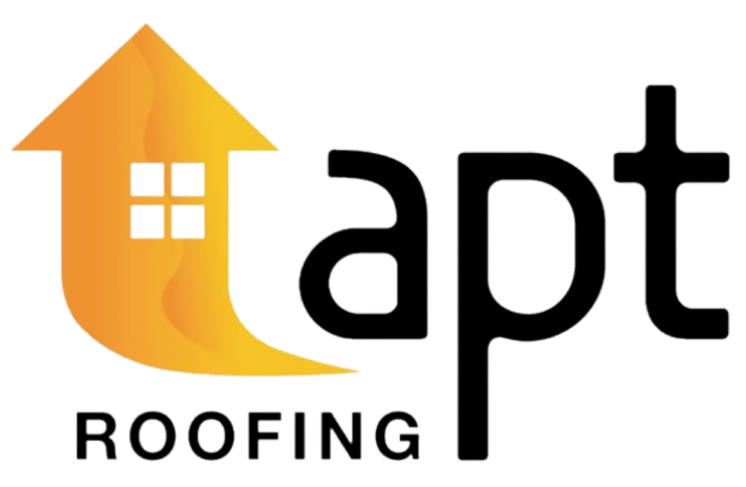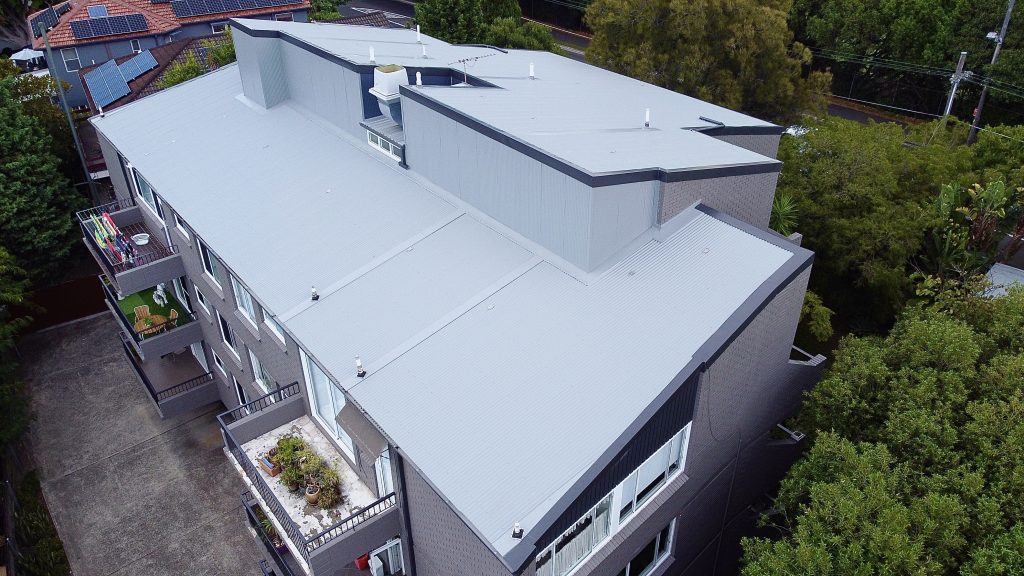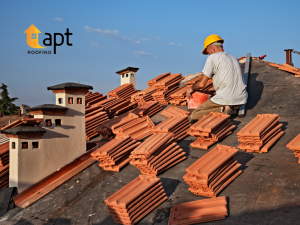Regular roof maintenance isn’t just an optional chore for the diligent homeowner; it’s a crucial activity that can spell the difference between a roof that lasts its intended lifespan and one that fails prematurely.
This guide will explore the importance of regular roof inspections, identify the tell-tale signs of a roof in distress, and discuss how proactive maintenance can significantly extend the life of your roof.
How Often Should You Inspect Your Roof?
Importance of Regular Inspections
The necessity of regular roof inspections cannot be overstated. These checks help to identify small problems before they escalate into more severe issues that can compromise your roof’s integrity and, by extension, your home.
Neglecting regular inspections can lead to situations where minor, easily repairable damage evolves into substantial damage that demands costly repairs or even complete roof replacement.’
Recommended Frequency
As a general rule of thumb, it’s prudent to inspect your roof at least twice a year, ideally during spring and fall. Regular inspections are pivotal for catching potential issues early on, especially in regions prone to extreme weather conditions.
Moreover, it’s critical to check your roof after significant weather events such as heavy storms, high winds, or hail, as these forces of nature can cause immediate and significant damage that may require urgent attention.
Professional Inspections vs. DIY
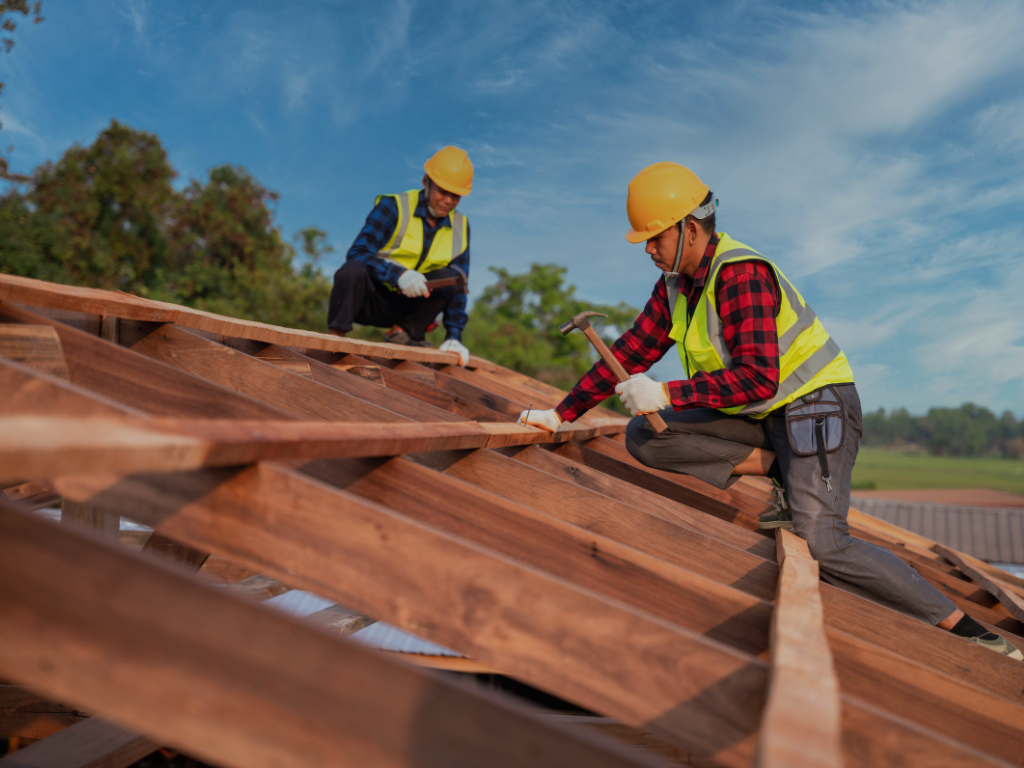
- Expertise
- While there’s much you can do in terms of visual inspections, there are instances where professional assessment becomes indispensable. Roofing professionals have the expertise to spot issues that untrained eyes might miss.
- Additionally, they can provide maintenance services, like repairing minor damages, which can prevent issues from worsening.
- Safety assessment and Security Protocols
- They also understand safety protocols for roof work, eliminating the risks homeowners face when climbing onto their roofs. However, for homeowners who prefer the DIY route, understanding what to look for during an inspection is crucial, as is following strict safety guidelines to prevent falls or injuries.
- Personal Preference
- In essence, the choice between professional inspections and DIY is a matter of personal preference, expertise, and safety considerations. However, a blend of both, with regular homeowner checks and periodic professional inspections, is often the most thorough approach.
What Are the Signs of a Failing Roof?
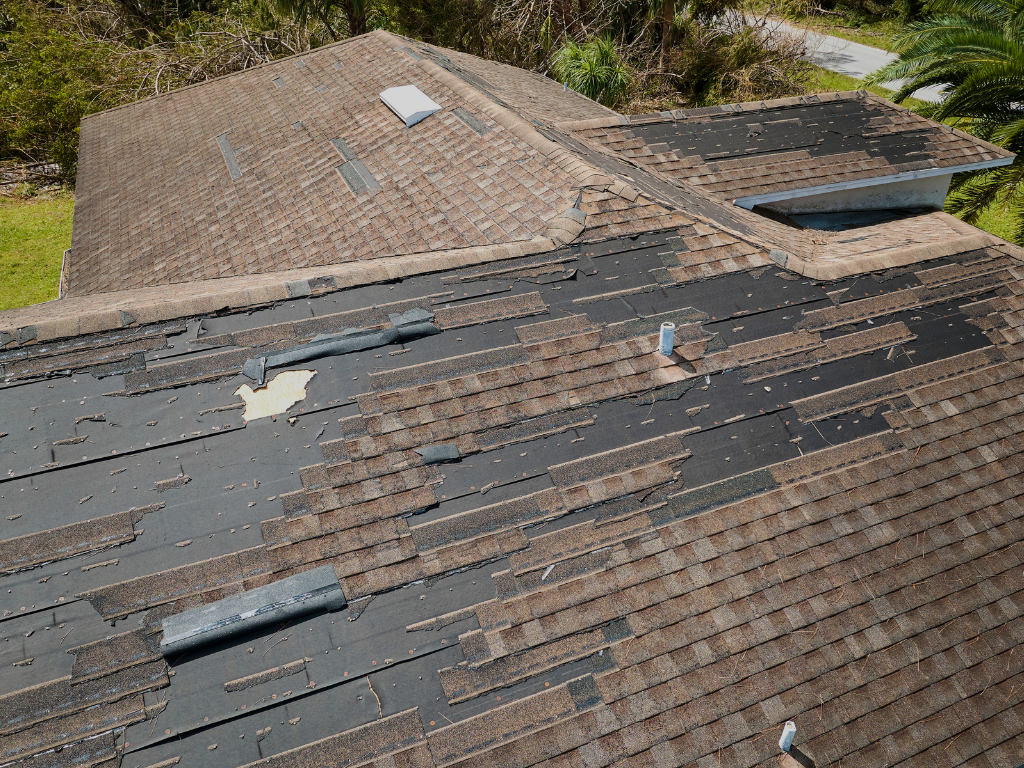
Visual Indicators
The first signs of a failing roof are often visible upon close inspection. These include:
- Missing, Curled, or Damaged Shingles: These are indicators of a roof nearing the end of its service life, or one that’s been affected by severe weather conditions.
- Sagging or Structural Deformation: This is a serious issue that may indicate underlying structural problems, such as long-term water damage or weakened roof decking.
- Gutter Issues: Accumulation of shingle granules in gutters is a sign of advanced wear, suggesting that the shingles have begun to lose their protective coating.
Internal Signs
Some warning signs originate from within the home:
- Leaks or Water Damage in the Attic or Ceiling: Water stains, peeling paint, or actual dripping water following rain are signs of a leaky roof.
- Light Entering Through the Roof: If light can penetrate your roof, so can rain, cold air, and pests.
Hidden Red Flags
Certain signs require a more discerning eye:
- Mold or Mildew Growth: Often a sign of excessive moisture, poor ventilation, or leaks.
- Signs of Wood Rot or Termite Damage: These structural issues can weaken your roof’s integrity and lead to catastrophic failures if not addressed promptly.
When to Consult a Professional
Immediate professional attention is warranted when you notice active leaks, significant structural sagging, or widespread loss of roofing materials. These issues signal critical roof failure that could compromise your home’s safety.
How Can Regular Maintenance Extend Your Roof’s Lifespan?
Preventative Measures and Their Impact
Consistent maintenance activities like cleaning gutters, removing debris, trimming overhanging branches, and addressing moss or algae growth play a significant role in preserving roof integrity. These actions help prevent the accumulation of moisture and the resultant decay, extending your roof’s life.
Addressing Minor Issues to Prevent Major Ones
Timely intervention in small problems, such as replacing a few missing shingles or repairing a minor leak, can prevent larger, costlier issues in the future. Proactive maintenance is less expensive than reactive repairs.
Maintenance and Roofing Material Lifespan
Regular upkeep impacts different roofing materials differently. For instance, wood shingles benefit from being kept free of debris to prevent rot, while metal roofs require inspections for rust or corrosion.
Cost-effectiveness of Regular Maintenance
Regular maintenance involves some expense, but it is minimal compared to the cost of major repairs or roof replacement. By investing in periodic maintenance, you can avoid more substantial expenses later on.
Conclusion: Why does regular roof maintenance matter?
Regular roof maintenance is a non-negotiable aspect of homeownership. It ensures your roof lasts as long as possible, prevents unexpected financial outlays for emergency repairs, and provides peace of mind.
By knowing what to look for and maintaining a regular inspection schedule, you can protect your home, your finances, and your family’s safety.
Remember, the goal isn’t just to spot problems but to prevent them from occurring in the first place.
